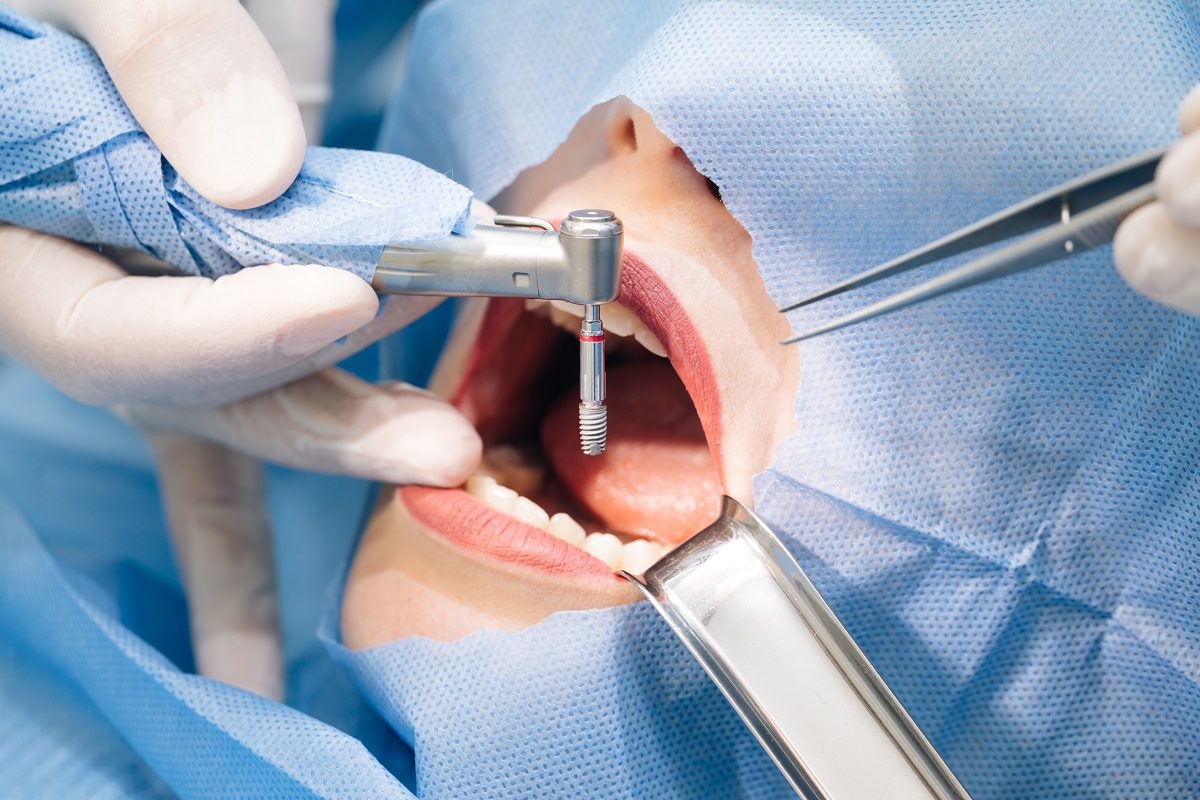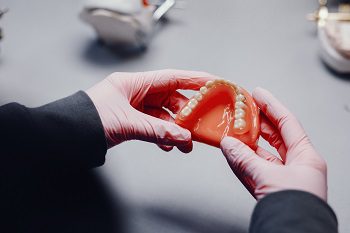

BONE GRAFTING CRUCIAL FOR DENTAL IMPLANTS
A bone grafting procedure is necessary when a patient's mouth lacks sufficient healthy natural bones to support dental implants. Usually, patients have heard of dental implants, but bone grafting is less renowned. This is a little ironic, given bone grafting is essential for dental implants in the dental industry.
If you're a dental patient considering dental implants, it's vital to remember that requirement of bone grafting for dental implants surgery is pretty standard. It's natural for you to be terrified. Bone grafting, after all, sounds scary. Fortunately, you do not need to be concerned about this operation. It is under anesthetic, and it is a predictable dental routine.

What is Bone Grafting?
So, what exactly does bone grafting entail? Dental bone grafts restore volume and firmness to your jaw in areas where bone loss has occurred. Typically, a chunk of bone is taken and transplanted into the jawbone from another part of the patient's jaw or body. They're used as a filler and a platform to aid wound healing and bone formation.
Source of Grafts:
These grafts are biodegradable and do not produce an antigen-antibody response. These bone transplants operate as a mineral reservoir, inducing the production of new bone. The material can come from these sources:
- from your own body (autogenous)
- from a human tissue bank (allograft)
- an animal tissue bank (animal tissue bank) (xenograft)
- in some cases, the source can be synthetic (plastic)
- from a cadaver or an animal source.
These options offer lower patient morbidity, don't require a second surgical site, and are just as effective. After this treatment, it may take months for the transplanted bone to grow enough new bone to allow for the placement of a dental implant.

Generally, bone grafting is performed to unite joints to inhibit movement, fix damaged bones with bone loss, repair shattered bones that have not yet healed, and the primary usage of dental implants.
Why a Natural bone insufficiency?
A few factors behind natural bone insufficiency are:
- Various gum disease
- Physical injury to the face
- Vacant space because of the missing tooth
- Defects while growing up
Pre-requisites:
A Bone transplant is required for a patient before a dental implant can be placed. Every day that a tooth is gone, bone loss happens. Even if you come in the day after losing a tooth to request a dental implant, this stays true. It's possible that the socket is diseased or that the missing tooth is too little to support an early replacement.
It's important to remember that dental implants must integrate with the bone to provide a strong base for the crown. It is tough to place an implant when there is no bone to work with. Your dentist will do an oral examination to assess the condition of your teeth, gums, and jaw. To establish the amount of your bone loss, dental X-rays or scans will be done. Following that, your dentist will review your treatment choices with you and develop a customized treatment plan to match your specific needs.
Contact your Lafayette dentist, Dr. Massood Darvishzadeh, DDS at Lafayette Dental Group today to learn more about bone grafting and dental implant.
Resource:
What Are All-On-Four Dental Implants?
*This media/content or any other on this website does not prescribe, recommend, or prevent any treatment or procedure. Therefore, we highly recommend that you get the advice of a qualified dentist or other medical practitioners regarding your specific dental condition
Services
Contact Us
3466 Mt Diablo Blvd., Suite C207
Lafayette, CA 94549
2025 © Lafayette Dental Group | All rights reserved | Powered by: Vigorant, Inc.
